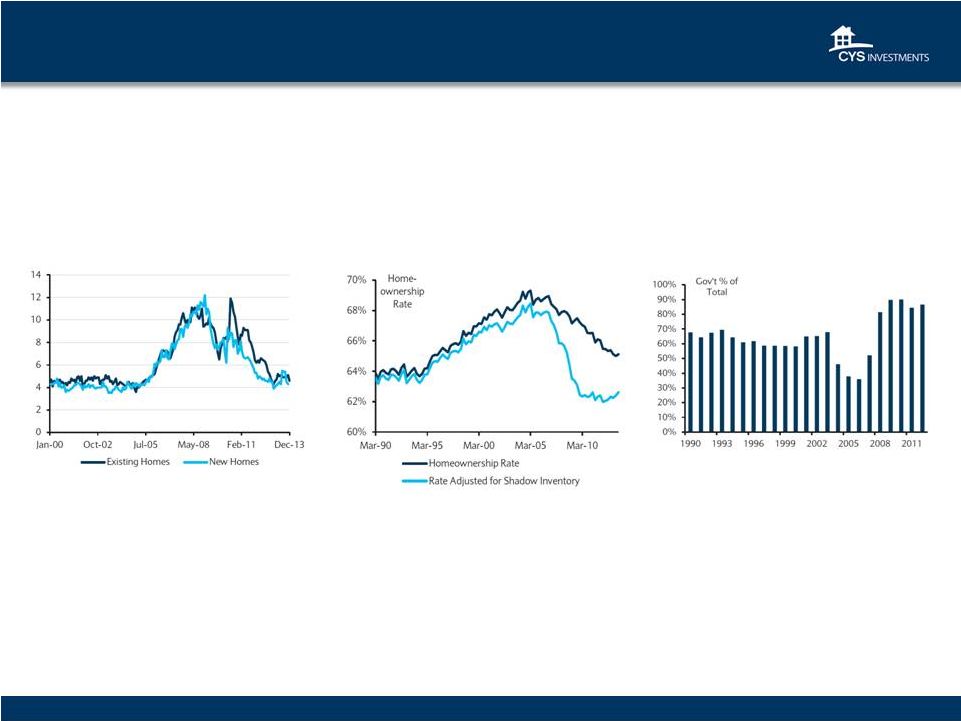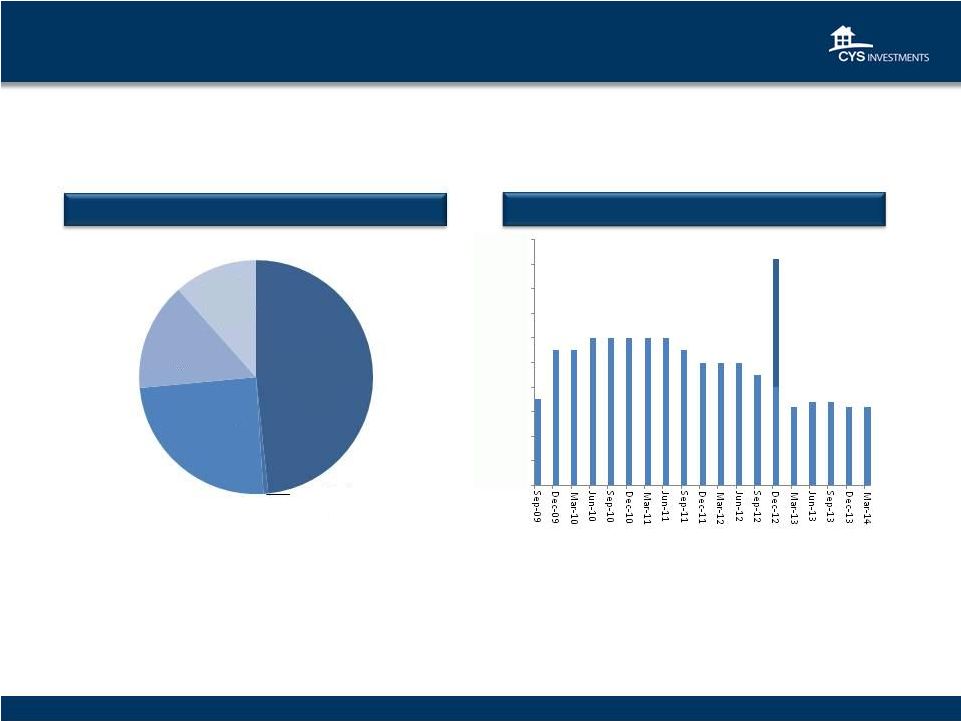GSE Reform Headway Legislative Level of GSE Credit Risk Proposal Government Involvement Implication Sharing Status Corker-Warner Bill Limited: Only under catastrophic scenarios where losses on a pool of mortgages exceeds 10% Completely wound down over 5 years 10% first-loss piece is sold to private entities Corker-Warner is under committee discussion but not yet put to vote. Either one of these may become the front runner from the Senate side but both will likely have private capital in the first loss place with several mechanisms for risk sharing Crapo-Johnson Bill Unclear: reforms the FHA/VA but maintains explicit government guarantee of all FHA/VA insured loans Not yet addressed. May add GSE portion in coming months None currently but may resemble Corker-Warner when the GSE portion is included PATH Act Very limited: dissolves the GSEs completely and reduces the scope of the FHA/VA guarantee Placed into receivership and completely liquidated with Initially, a 10% risk-sharing program on new GSE and FHA business, although private market securitization is intended eventually to replace GSEs No news. In early 2013, the Path Act seemed to be the clear front-runner on the House side. The final housing finance reform, if it happens, could be a compromise between the PATH Act and whatever comes out of the Senate Delaney-Carney-Himes Limited: Ginnie Mae is required to provide an explicit government guarantee once the 5% risk slice is eroded when one of the private monoline insurers defaults GSEs will be slowly wound down and eventually converted into private reinsurers with limited capacities to take on mortgage credit risk 5% first-loss piece on each new Ginnie Mae securitization, as well as a 10% pro-rata risk slice on the top 95% of each Ginnie Mae securitization Source: Barclays 11 | 


















